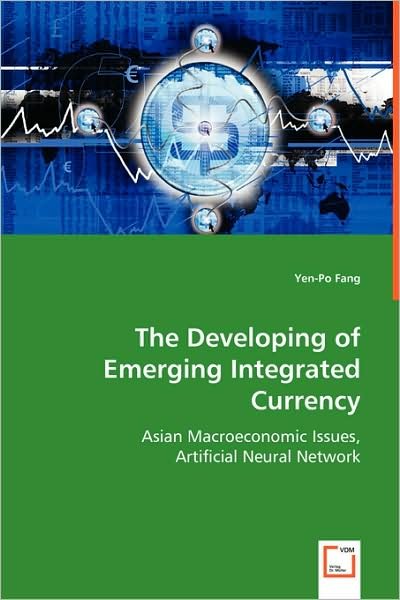
Tell your friends about this item:
The Developing of Emerging Integrated Currency: Asian Macroeconomic Issues, Artificial Neural Network
Yen-po Fang
The Developing of Emerging Integrated Currency: Asian Macroeconomic Issues, Artificial Neural Network
Yen-po Fang
This research discusses constitution process and forecasting issue for Asian currency units (ACU) in terms of ten Asian countries including Japan, Indonesia, Malaysia, Hong Kong, South Korea, Singapore, Thailand, Philippine, Taiwan and China. The first, this article provides the analysis of forecasting performance for ACU by employing variant of methods, e.g. BPN, RNN, TDRNN and GARCH. The results showed that ANNs has better performance than GARCH and BPN model presents prominent forecasting performance in most of division conditions. The second part is to identify the modified components for central value of Asian currency units (ACU) via BPN model and compare the results with radial basis function neural network (RBFNN). We constitute eight models to evaluate the impacts of macroeconomic variables on central value of ACU. The empirical evidence supports that our sample countries need to take foreign direct investment, external debt and bank?s claim on private sector into account for expressing the central value of ACU more effectively. To verify contagion causes for Asia flu, the experimental model is adaptive network-based fuzzy inference system (ANFIS). The empirical result was indicated that the contagion effect would most likely be influenced by tight financial linkage and similarly macroeconomic condition.
| Media | Books Paperback Book (Book with soft cover and glued back) |
| Released | May 15, 2008 |
| ISBN13 | 9783639001723 |
| Publishers | VDM Verlag |
| Pages | 86 |
| Dimensions | 122 g |
| Language | English |
See all of Yen-po Fang ( e.g. Paperback Book )

 Christmas presents can be returned until 31 January
Christmas presents can be returned until 31 January

